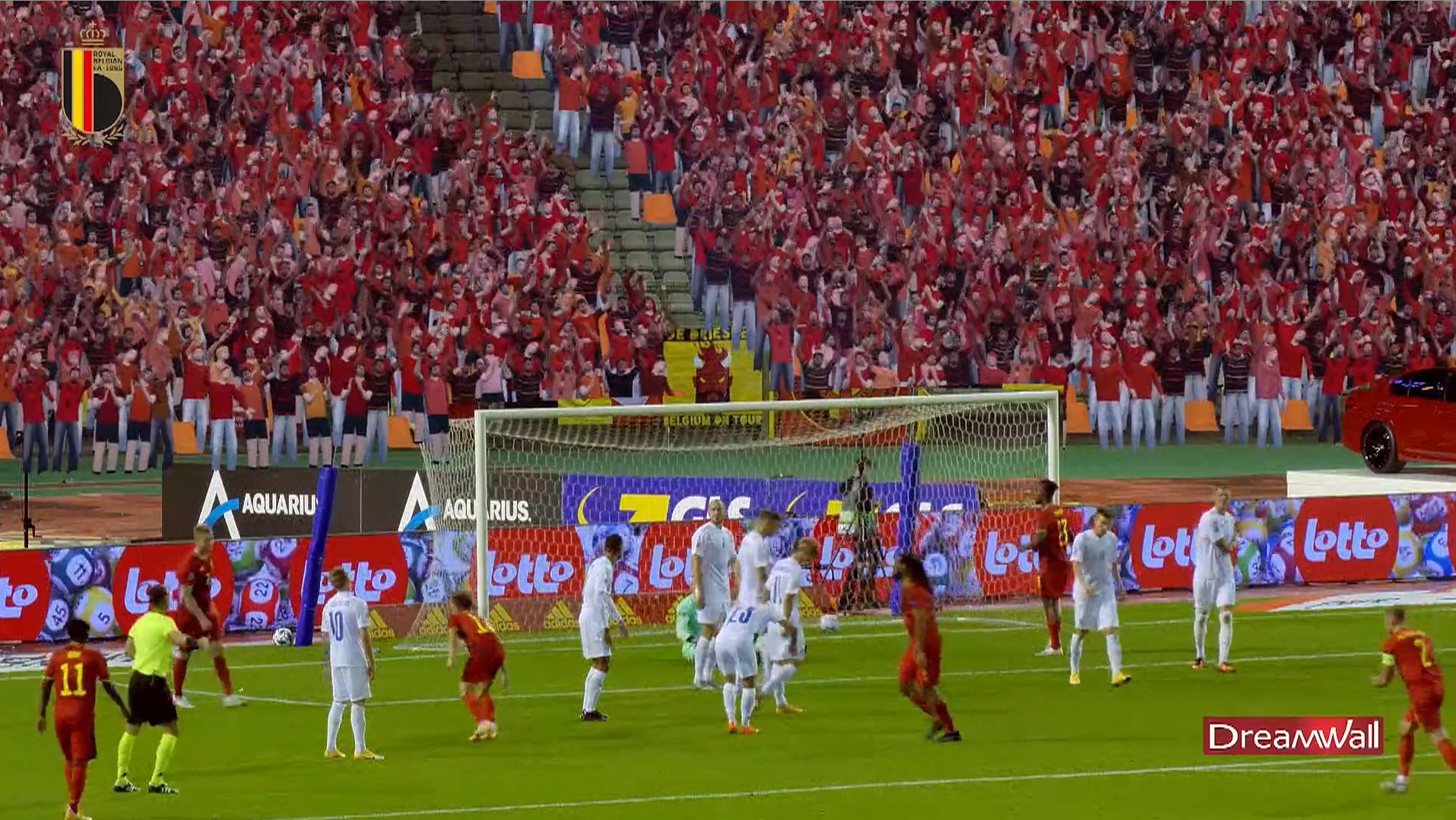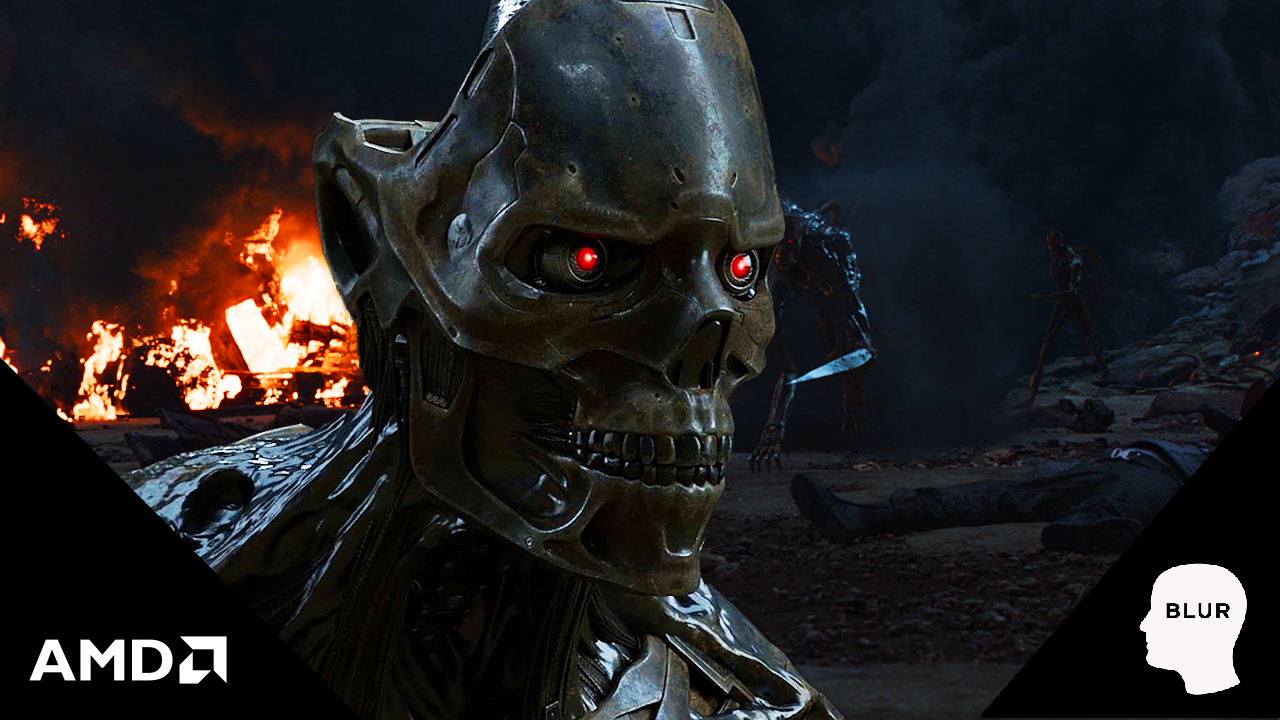Using Virtual Technology to ‘Amaze the Viewer’
Artificial intelligence is enhancing the AR experience

The beginning of the pandemic brought empty sports stadiums around the world. Even when the teams began to return to the playing field, the fans weren’t allowed back in the stands — at least not actual fans. Some production companies were able to create virtual fans, though similar technology was already in use before the COVID-19 breakout to enhance what the viewer was seeing at home. With the adoption of 5G wireless technology, smart phone users didn’t have to miss out either.
“We have been leveraging AI — artificial intelligence — to enhance the way we can bring the augmented reality experience to the audience,” said Thibault Baras, general manager of Dreamwall, which has been working with virtual and augmented reality technology for more than 20 years. “This has included different content, from virtual fireworks to virtual zeppelins that can fly overhead in a stadium.”
ENTERTAIN AND INFORM
This technology can entertain, inform and even be used to provide additional advertising opportunities for sports franchises. And with 5G, those in the stands will also be able to experience it as well.
“Virtual studios are designed to amaze the viewer — even with growing expectations, amazing the viewer is still achievable,” said Gerhard Lang, CTO at Vizrt. “Photorealism is approaching a level where it is almost impossible to distinguish between a real studio and a virtual studio. This means our customers can take their viewers to locations and spaces with a quality previously only achievable by large movie productions in post. The technology exists, and it does not matter whether a game engine or native rendering is used for the production.”
The use of graphical technology has advanced so that augmented reality can blend near seamlessly with the physical, and this has been extremely important as the pandemic forced many to work remotely. If the sportscasters and broadcasters can’t go to an event, the technology can help better immerse them into the environment, which could immerse the viewer in the experience.
“Virtual technology and augmented reality help content creators to improve the viewing experience for the audience, especially when delivering large amounts of data or when creating information graphics. Because, if complex data are displayed in a visually attractive way, the audience can understand them better; and helps retaining audiences and explaining the concepts,” said Miguel Churruca, marketing director for Brainstorm.
The professional video industry's #1 source for news, trends and product and tech information. Sign up below.
“The COVID-19 pandemic has consolidated the virtual technology revolution. Virtual and remote solutions are here to stay and taking advantage of these will only help in satisfying an ever-growing demand for content,” said Churruca. “Viewers are demanding ever-more sophisticated graphics, and the increased demand for content creation, coupled with the contention of production costs and current mobility and distancing limitations, make augmented reality and virtual reality the perfect choice for any broadcaster or production company aiming to create high-end content.”
Game engines are also providing production teams with real-time feedback, and even allowing those teams to make informed creative decisions on set, explained James Uren, technical director at Mo-Sys Engineering.
“The technologies incorporated into our VP Pro and VP Pro XR solutions enable final pixel filming in LED volumes, previsualization for green screen filming and augmented computer graphics in live television broadcast,” Uren said. “These technical tools are giving directors, actors and production teams a tremendous boost and will be helping blur the lines even further between the real and the virtual components in a shoot, creating stunning visuals to engage and delight their audiences.”
CREATING MAGIC
We are at a point where graphics technology can create video magic like never previously seen. AMD is making inroads in those efforts with its third-generation AMD Ryzen Threadripper, which has been used by studios to create the wondrous and terrifying alike.
“All good content is about the suspension of disbelief — and that is absolutely true whether you are watching a five-minute cartoon or a two-hour feature film,” said James Knight, visual effects and media and entertainment director for AMD.
“It is about making the characters move accurately so that they seem like they are real,” he said. AMD’s technology helps in the production by making this work less time-consuming, by increasing the power the production teams are afforded.
Technology still is only half of it, said Vizrt’s Lang, who said that the final output still largely depends on the talent and skill of the artists working in the studio.
“This talent is sometimes underappreciated and underfunded in our industry,” said Lang. “In addition to beautiful backdrops, our solutions allow for stories to be told in understandable ways. Content is presented using the most efficient workflows in the industry, or by putting the anchor in the steering seat by enabling interactivity in the studio for them.” © NAB 2021


